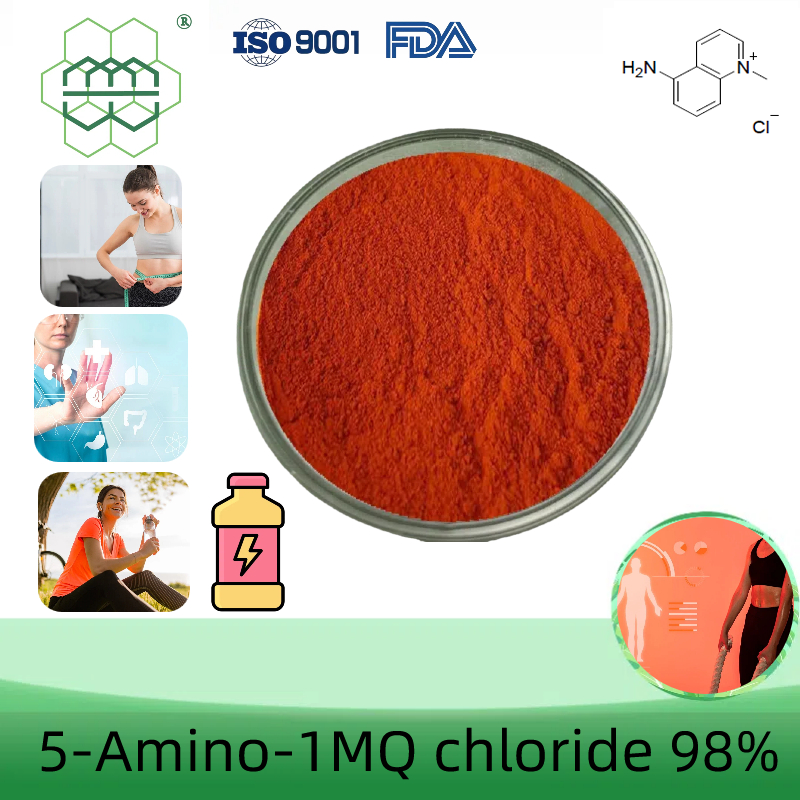-
Categories
-
Pharmaceutical Intermediates
-
Active Pharmaceutical Ingredients
-
Food Additives
- Industrial Coatings
- Agrochemicals
- Dyes and Pigments
- Surfactant
- Flavors and Fragrances
- Chemical Reagents
- Catalyst and Auxiliary
- Natural Products
- Inorganic Chemistry
-
Organic Chemistry
-
Biochemical Engineering
- Analytical Chemistry
-
Cosmetic Ingredient
- Water Treatment Chemical
-
Pharmaceutical Intermediates
Promotion
ECHEMI Mall
Wholesale
Weekly Price
Exhibition
News
-
Trade Service
Barley is an important crop in Tibet and Tibetan areas of four provinces, playing an important role in rural revitalization and people's health, and its grain is rich in protein, non-starch polysaccharides and β-glucan, resulting in high viscosity of barley powder in water, which seriously restricts the development of
barley starch industry.
This study compares the effects of different extraction methods on the structure, physicochemical and digestive properties of barley starch, which has practical guiding significance
for starch modification and accelerated utilization in food industry.
barley starch industry.
This study compares the effects of different extraction methods on the structure, physicochemical and digestive properties of barley starch, which has practical guiding significance
for starch modification and accelerated utilization in food industry.
The results showed that different extraction methods would significantly affect the multi-scale structure
of barley starch.
Barley starch extracted by alkali method had the highest yield, but poor digestion resistance and thermal stability
.
Barley starch extracted by ultrasonic water has less Maltese crossover, lower molecular weight, and higher broken starch content
.
Barley starch extracted by double enzymatic method has higher molecular weight and short amylopectin content than alkaline extraction, and shows the highest relative crystallinity and good short-range ordered structure, which makes it have good thermal stability and rheological characteristics
.
The above results show that enzymatic methods, especially double enzymatic methods, can better maintain barley starch resistance (with the highest resistant starch content)
by protecting its structure.
This study provides a basis
for the development of barley starch and barley foods with different characteristics.
of barley starch.
Barley starch extracted by alkali method had the highest yield, but poor digestion resistance and thermal stability
.
Barley starch extracted by ultrasonic water has less Maltese crossover, lower molecular weight, and higher broken starch content
.
Barley starch extracted by double enzymatic method has higher molecular weight and short amylopectin content than alkaline extraction, and shows the highest relative crystallinity and good short-range ordered structure, which makes it have good thermal stability and rheological characteristics
.
The above results show that enzymatic methods, especially double enzymatic methods, can better maintain barley starch resistance (with the highest resistant starch content)
by protecting its structure.
This study provides a basis
for the development of barley starch and barley foods with different characteristics.
The research results were published
in Carbohydrate Polymers (IF: 10.
723), a top journal in the food sector.
Nie Mengzi, a visiting master's student of the Institute of Processing, is the first author of the paper, and Professor Wang Fengzhong and Professor Tong Litao are co-corresponding authors
.
This research was supported
by the National Key R&D Program of China (2021YFD1600101) and the research and demonstration of key technologies for barley quality improvement and efficiency enhancement (2021-0101NCC-0001).
in Carbohydrate Polymers (IF: 10.
723), a top journal in the food sector.
Nie Mengzi, a visiting master's student of the Institute of Processing, is the first author of the paper, and Professor Wang Fengzhong and Professor Tong Litao are co-corresponding authors
.
This research was supported
by the National Key R&D Program of China (2021YFD1600101) and the research and demonstration of key technologies for barley quality improvement and efficiency enhancement (2021-0101NCC-0001).
Original link: https://doi.
org/10.
1016/j.
carbpol.
2022.
120458
org/10.
1016/j.
carbpol.
2022.
120458







